

Articles
How Much Clothes To Put In Washer
Modified: January 21, 2024
Discover articles on how to determine the ideal amount of clothes to put in your washer for optimal washing efficiency and cleanliness.
(Many of the links in this article redirect to a specific reviewed product. Your purchase of these products through affiliate links helps to generate commission for Storables.com, at no extra cost. Learn more)
Introduction
Doing laundry is a necessary chore for every household. As we accumulate dirty clothes, it’s important to know how much clothing we can safely put in the washer at once. Overloading the washer can lead to poor cleaning results, uneven drying, and even damage to the machine. On the other hand, underloading the washer can be inefficient and wasteful in terms of water and energy usage.
So, how much clothes should you put in the washer? The answer depends on several factors, including the type of clothing, the size and capacity of your washer, and the level of cleanliness you desire. In this article, we’ll explore these factors in detail and provide practical guidelines for loading your washer efficiently and effectively.
Key Takeaways:
- Efficiently load your washer by considering factors like fabric type, soil level, and water usage to ensure optimal cleaning results and protect your clothes and machine.
- Maximize laundry efficiency with tips such as sorting clothes, using the right detergent, and investing in a high-efficiency washer to save time, energy, and resources.
Read more: Where To Put Detergent In Washer
Factors to consider
When determining how much clothes to put in the washer, there are a few important factors to consider:
- Washer capacity: The size and capacity of your washer play a significant role in determining the amount of clothing you can safely wash at once. Each washer is designed to hold a specific weight of laundry, typically measured in pounds or kilograms. Check the user manual or the manufacturer’s specifications to find out the maximum load capacity of your washer.
- Type of wash: The type of wash cycle you plan to use is also important. Heavy-duty or bulky items, such as towels or bedding, require more space to move around and be thoroughly cleaned. Delicate or lightweight items, on the other hand, require a gentler wash cycle and can be compressed easily. Consider the specific needs of your laundry when determining the load size to ensure proper cleaning.
- Fabric type: Different fabrics have different care requirements. Delicate fabrics may require a separate wash or special treatment, while sturdy fabrics can be washed together. Sorting your laundry by fabric type and care instructions will help you determine the appropriate load size for each batch.
- Soil level: The level of dirt or stains on your clothes also affects the load size. Heavily soiled items need more space to allow for proper agitation and rinsing. If your clothes are lightly soiled, you can safely increase the load size.
- Water level: Another factor to consider is the water level required for your wash cycle. High water levels can handle larger loads, while low water levels are suitable for smaller loads. Consult your washer’s manual or use the automatic water level setting to optimize water usage and load size.
By taking these factors into account, you can determine the appropriate load size for your washer and ensure thorough cleaning while preventing any possible damage to your clothes or the machine itself.
Guidelines for loading the washer
To effectively load your washer, follow these guidelines to ensure optimal cleaning results:
- Sort your clothes: Start by sorting your clothes into different piles based on fabric type, color, and level of dirtiness. This will help prevent color bleeding, damage to delicate fabrics, and ensure that heavily soiled items receive the attention they need.
- Pre-treat stains: Before loading the washer, pre-treat any stubborn stains or heavily soiled areas with a stain remover or detergent. This will increase the chance of successful stain removal during the wash cycle.
- Load similar items: Group items of similar fabric type and weight together. Mixing heavy items like jeans with lightweight items like t-shirts can cause imbalances in the washer, leading to poor cleaning results and potentially damaging the clothes.
- Leave enough space: Avoid overloading the washer. As a general rule, leave enough space for the clothes to move freely and be properly agitated during the wash cycle. If the washer drum is nearly full, it’s a sign that you’ve loaded too much.
- Distribute the load evenly: To prevent an unbalanced load, distribute the clothes evenly in the washer. This will help ensure proper spinning, prevent excessive vibration, and protect the machine from unnecessary wear and tear.
- Use mesh laundry bags: For delicate items or small garments like socks, consider using mesh laundry bags. These bags will protect delicate fabrics from getting snagged or tangled with larger items during the wash cycle.
- Choose the appropriate wash cycle: Select the appropriate wash cycle based on the fabric type and soil level of your clothes. Some machines have specific cycles for different load sizes, so be sure to adjust accordingly.
- Avoid overcrowding: While it may be tempting to fit as many clothes as possible into a single load, it’s important to avoid overcrowding. Overloading can result in poor cleaning, tangling, wrinkling, and even damage to both the clothes and the washer.
By following these guidelines, you can ensure that your clothes are properly cleaned, extend the lifespan of your washer, and minimize the risk of any laundry mishaps.
Different types of clothing
When it comes to loading the washer, it’s helpful to have an understanding of the different types of clothing and how they should be handled:
- Delicate items: Delicate fabrics such as silk, lace, or lingerie require special care. It’s best to wash these items separately or in a mesh laundry bag to prevent damage or tangling.
- Heavy items: Heavy items such as jeans, towels, or bedding require more space to move around in the washer. It’s important not to overload the washer when washing these items to ensure proper cleaning.
- Knitwear: Knitwear, such as sweaters or delicate knitted items, can easily stretch or lose their shape in the washer. It’s recommended to wash these items inside out and place them in a mesh laundry bag to protect them.
- Whites: When washing white clothing, it’s best to separate them from colored items to prevent color bleeding. Use a detergent specifically designed for whitening to keep your whites bright and clean.
- Undergarments: Undergarments should be washed separately or in a mesh laundry bag to prevent damage or tangling. Use a gentle wash cycle to maintain their elasticity and shape.
- Delicates: Delicate fabrics such as silk, cashmere, or chiffon require extra care. Always check the care label and follow the recommended washing instructions. Hand washing or using a delicate wash cycle with cold water is typically the safest method.
- Sportswear: Sportswear, including workout clothes and athletic gear, often contains specialized fabrics that require special care. Follow the instructions on the care label and avoid using fabric softeners, as they can interfere with the moisture-wicking properties of these garments.
By understanding the specific care needs of different types of clothing, you can ensure proper cleaning and prolong the lifespan of your garments.
To avoid overloading your washer, fill it with clothes loosely, leaving enough space for them to move around. Overfilling can lead to poor cleaning and potential damage to the machine.
Special considerations
While the general guidelines outlined above apply to most situations, there are some special considerations to keep in mind when loading your washer:
- Over-sized or bulky items: Over-sized or bulky items like comforters, pillows, or large blankets may not fit properly in a standard washer. Check your washer’s capacity and consider taking these items to a laundromat with larger machines or using professional cleaning services.
- Fragile or embellished items: Clothing with delicate embellishments like sequins, beads, or buttons may require special care. These items should typically be washed inside out or in a mesh laundry bag to protect the embellishments from snagging or falling off during the wash cycle.
- Athletic shoes: Washing athletic shoes in the washer can be tempting, especially after a particularly muddy or sweaty workout. However, it is best to avoid putting shoes in the washer, as it can cause damage to both the shoes and the machine. Instead, opt for hand washing or wiping the shoes clean with a damp cloth.
- Hand-wash only items: Certain delicate or specialty fabrics may require hand-washing only. It’s essential to read the care label carefully and follow the recommended washing instructions. Hand-washing helps preserve the integrity and appearance of these items.
- Pet items: If you wash pet bedding or toys in the washer, make sure to remove loose fur beforehand to prevent clogs and potential damage to the washer. Additionally, using a pet-friendly detergent can help eliminate odors and maintain cleanliness.
- Water temperature: For some items, like heavily soiled or stain-prone clothing, using warm or hot water may be necessary to fully remove dirt and stains. However, keep in mind that hot water can cause shrinkage or fading in certain fabrics. Always check the care label and use the appropriate water temperature.
By considering these special circumstances and taking the necessary precautions, you can ensure that your laundry is handled properly and effectively, extending the life of your clothes and maintaining their overall quality.
Read more: Where To Put Oxiclean In Washer
Tips for maximizing laundry efficiency
To make the most of your laundry routine and optimize efficiency, consider these helpful tips:
- Sort your laundry in advance: Take a few minutes to sort your laundry into different piles before starting the washing process. This will save time and help prevent color bleeding or damage to delicate fabrics.
- Pre-treat stains: Treat any stains or heavily soiled areas on your clothes before loading them into the washer. This will increase the chances of successful stain removal during the wash cycle.
- Choose the right detergent: Select a detergent that suits your specific needs, such as a fabric-specific or eco-friendly option. Use the appropriate amount of detergent recommended on the packaging to avoid excessive sudsing and residue build-up in your washer.
- Maximize your washer’s capacity: While it’s important not to overload the washer, try to maximize the load size without compromising the machine’s performance. Utilize the washer’s full capacity to reduce the number of loads and save time and energy.
- Use cold water when possible: Cold water washing can help save energy and prevent color fading or shrinking in clothes. Consider using cold water for most of your laundry loads, reserving hot water for heavily soiled items or specific fabric care needs.
- Invest in a high-efficiency washer: If you’re in the market for a new washer, consider purchasing a high-efficiency (HE) model. HE washers use less water and energy, leading to reduced utility costs and a more environmentally friendly laundry routine.
- Follow the recommended wash cycles: Each wash cycle has a specific purpose and is designed to address different levels of dirtiness and fabric types. Use the appropriate wash cycle for your clothes to ensure optimal cleaning results while minimizing water and energy usage.
- Regularly clean your washer: Keep your washer in optimal condition by regularly cleaning it. Run an empty cycle with hot water and a cup of vinegar or a specialized washer cleaning agent to remove any build-up, eliminate odors, and maintain the machine’s performance.
- Properly dry your clothes: Follow the manufacturer’s instructions for drying your clothes, whether through air-drying, using a dryer, or a combination of both. Over-drying can cause shrinkage and damage, while under-drying can result in wrinkled and damp clothes.
- Maintain good laundry habits: Finally, establish good laundry habits like folding and putting away clean clothes promptly. This will prevent wrinkles and make your laundry routine more efficient overall.
By implementing these tips into your laundry routine, you can maximize efficiency, save time and energy, and enjoy cleaner, well-cared-for clothes.
Conclusion
Knowing how much clothes to put in the washer is essential for achieving clean and fresh laundry while maximizing efficiency. By considering factors such as washer capacity, fabric type, soil level, and water usage, you can determine the appropriate load size for each laundry cycle. Adhering to guidelines such as sorting clothes, pre-treating stains, and distributing the load evenly will help ensure optimal cleaning results and protect both your clothes and the washer.
Understanding the different types of clothing and their specific care needs is also crucial. Delicate items, heavy items, knitwear, whites, undergarments, delicates, and sportswear all require different handling and washing methods to maintain their quality and longevity. By following special considerations and guidelines for these specific items, you can avoid damage and keep your clothes in great condition.
To maximize laundry efficiency, implementing tips such as sorting laundry in advance, pre-treating stains, and using the appropriate detergent will streamline the process. Additionally, utilizing the maximum capacity of your washer, using cold water when possible, investing in a high-efficiency washer, and properly maintaining the machine will help save time, energy, and resources.
By incorporating these guidelines, considerations, and efficiency tips into your laundry routine, you can achieve clean, fresh, and well-cared-for clothes while optimizing your time, energy, and environmental impact. So, the next time you load the washer, do so with confidence, knowing that you’re taking the necessary steps to maintain cleanliness, efficiency, and the quality of your beloved wardrobe.
Frequently Asked Questions about How Much Clothes To Put In Washer
Was this page helpful?
At Storables.com, we guarantee accurate and reliable information. Our content, validated by Expert Board Contributors, is crafted following stringent Editorial Policies. We're committed to providing you with well-researched, expert-backed insights for all your informational needs.
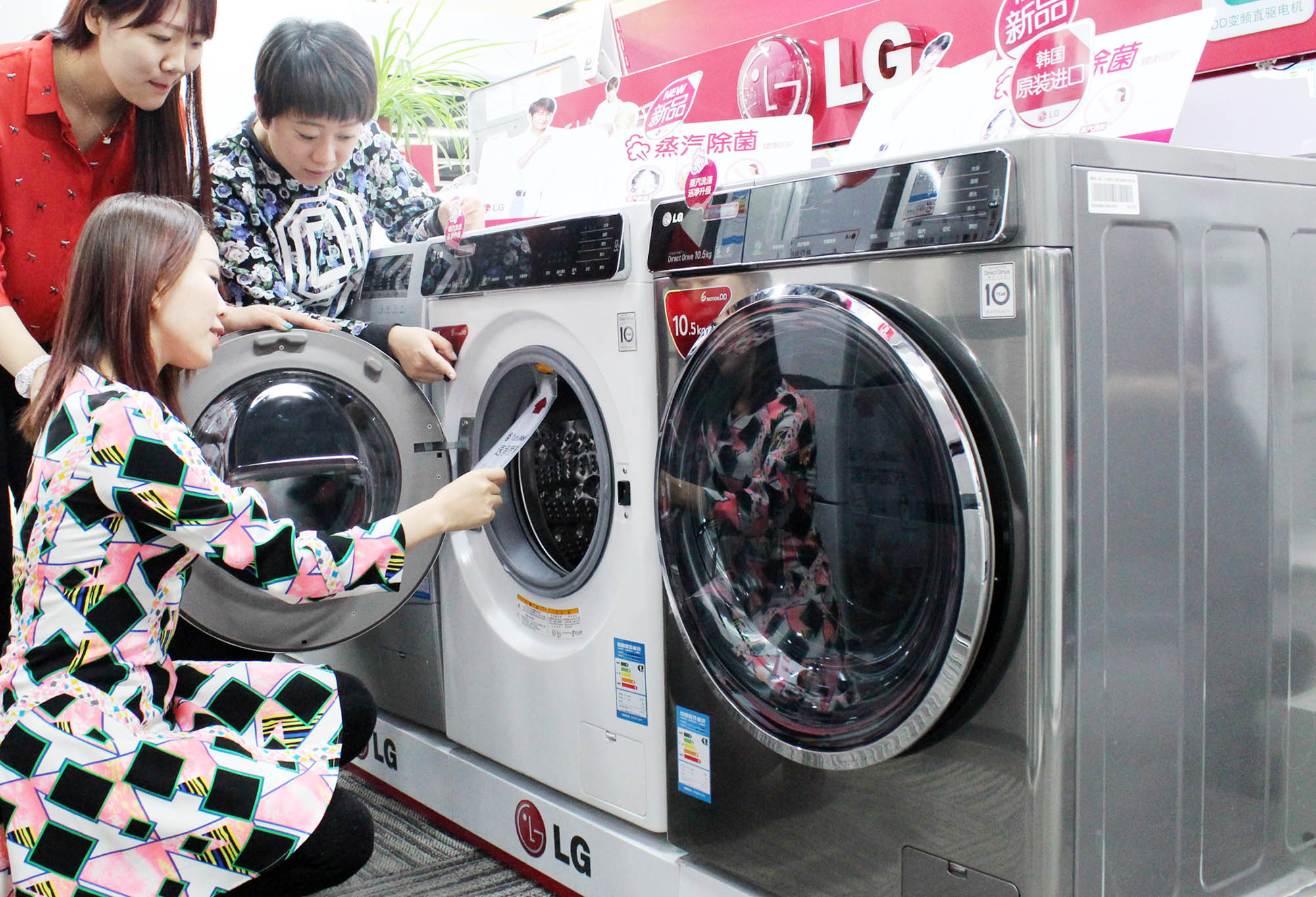


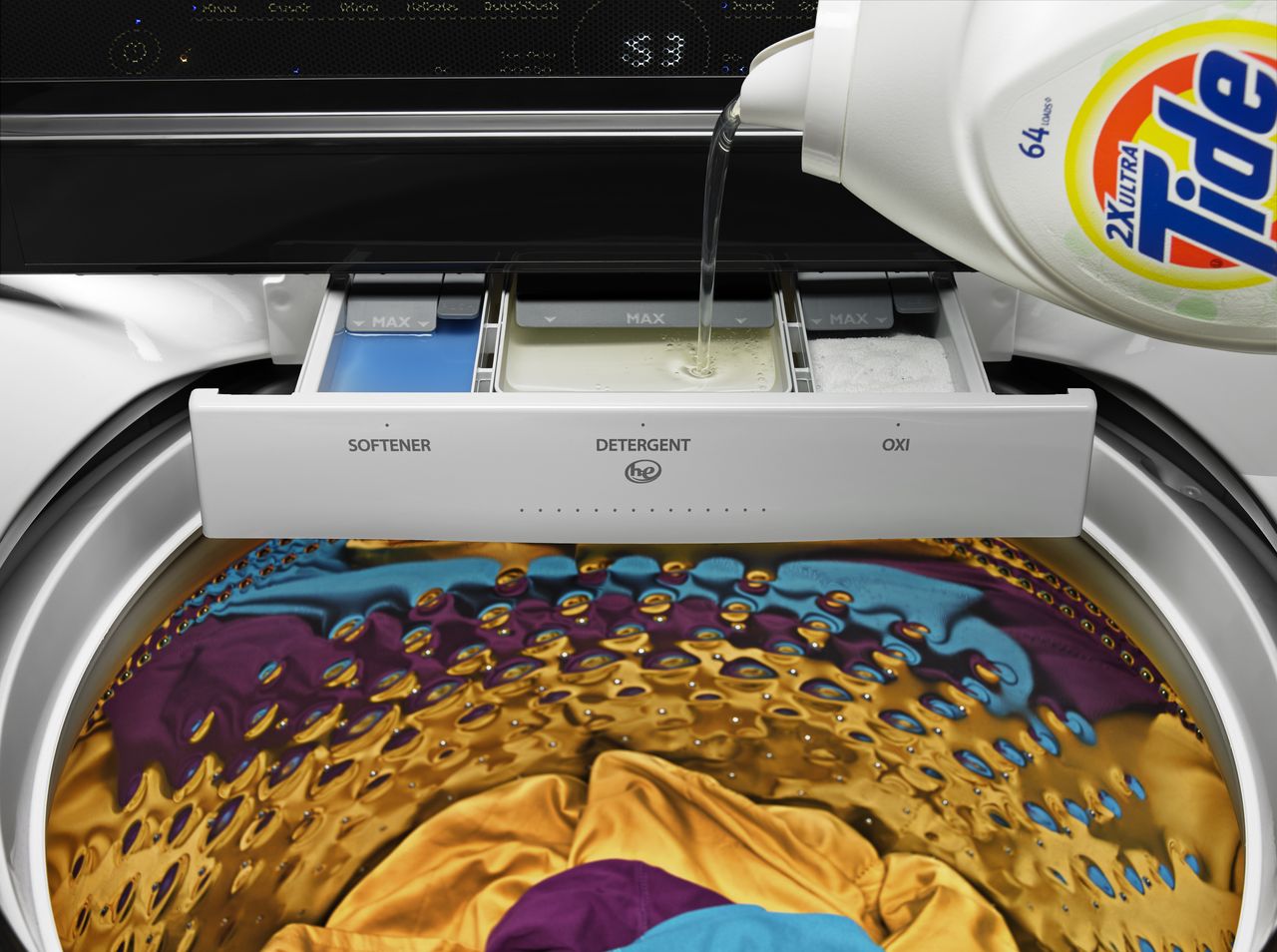
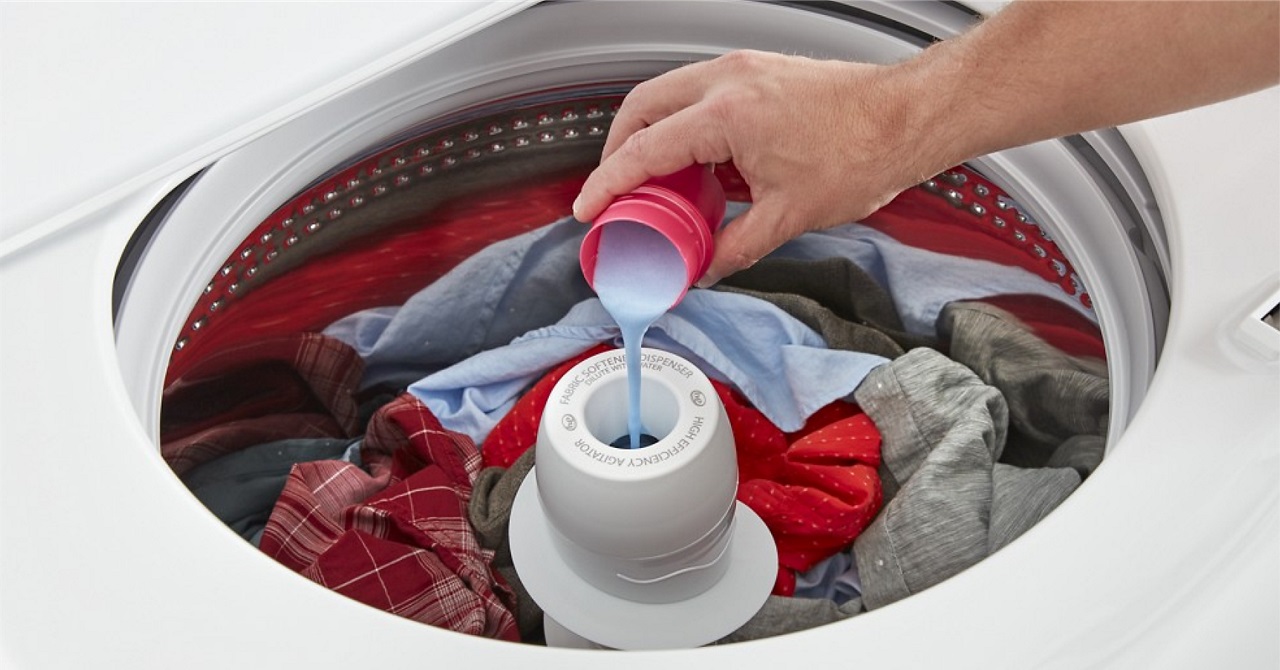


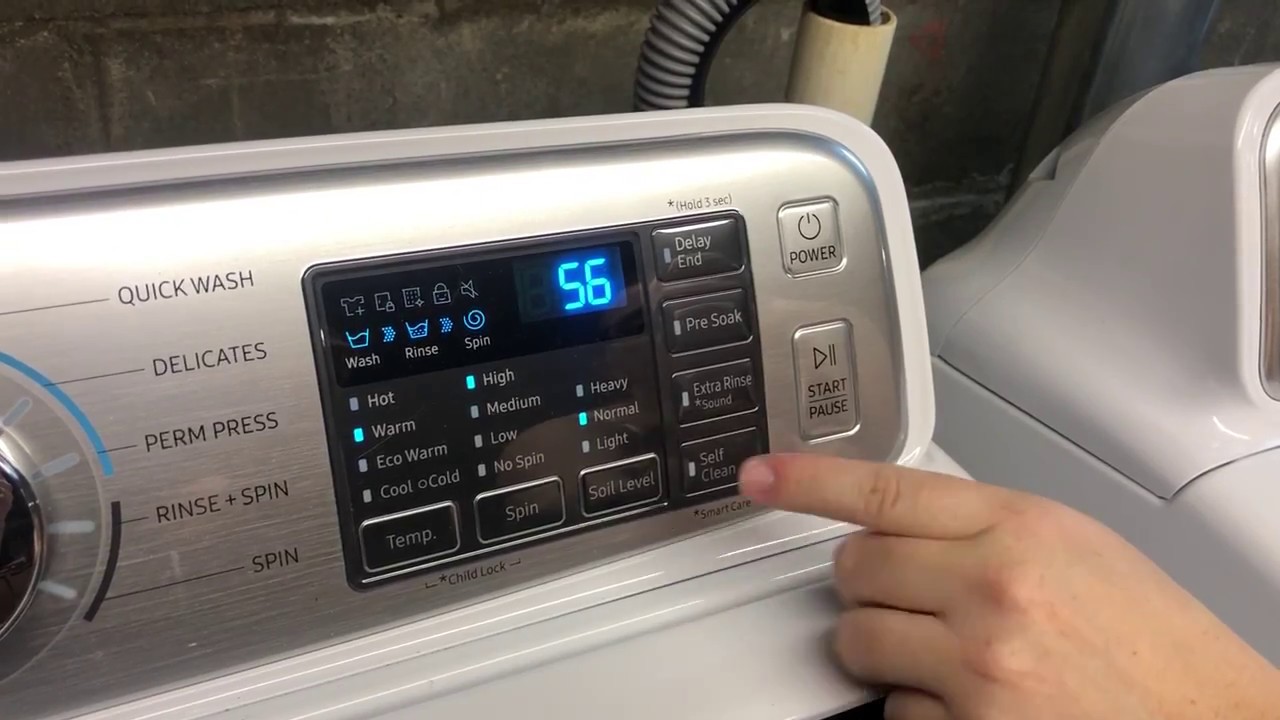
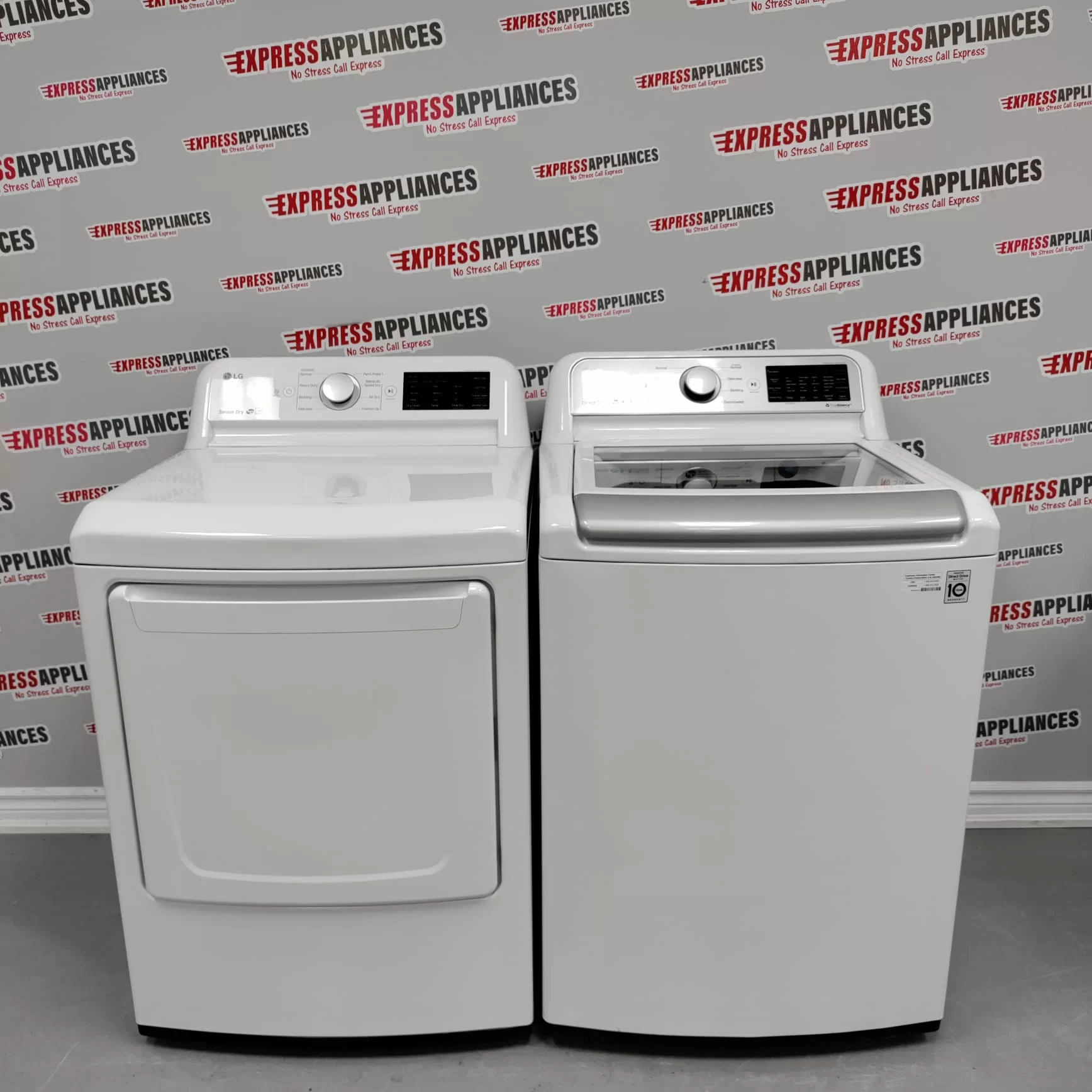

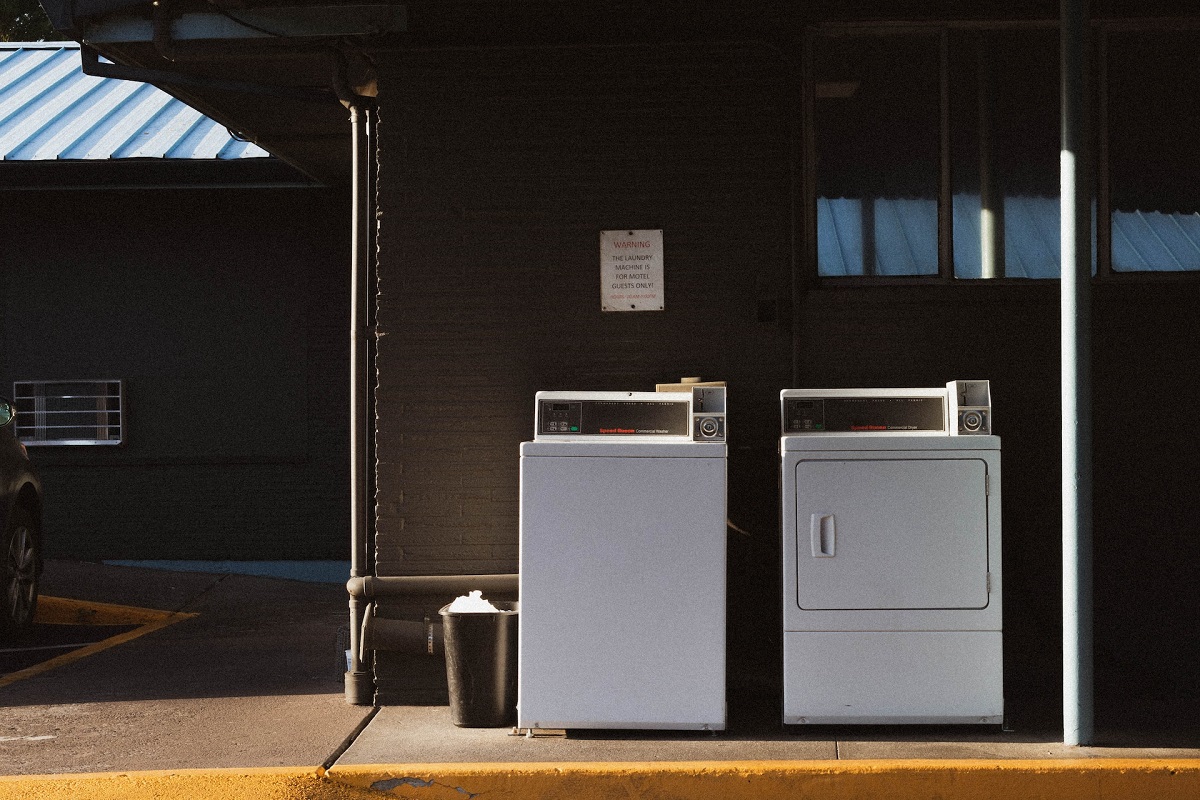




0 thoughts on “How Much Clothes To Put In Washer”